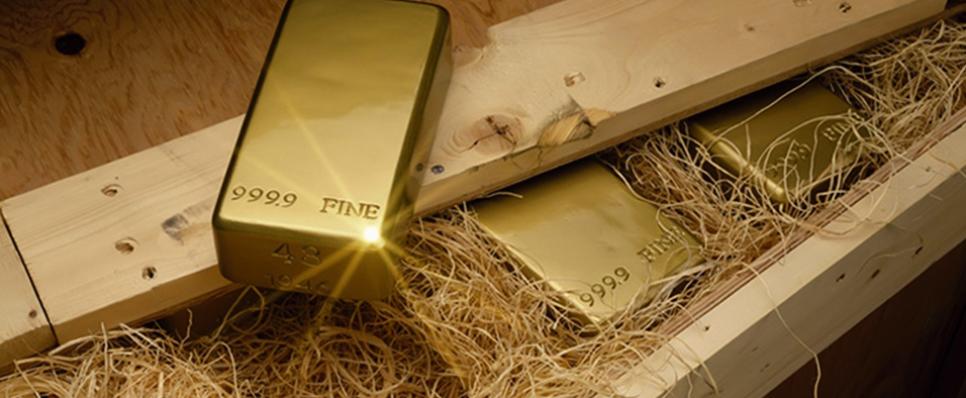Published: 04 Sep 2017
Gold Standard – a detailed view

It has been well established that the world has seen a lot of fluctuations with regards to finances, trade and value interactions in the last century.
Economists of the 20th century, in the aftermath of the Great Depression and World War 2, were forced to re-evaluate their stance on the GDP method to compare nations as it led to some of the worst economic situations in the history of financial civilization. Nor could currency be considered a trusted constant to measure the growth & progress of a nation or to compare nations.
The Social Progress Imperative challenged the GDP measure to help nations evaluate a strategy that studied and considered the relationship between economics & social progress. The gold standard was well ingrained and used as a safety measure.
What is the gold standard?
The Gold standard is when a country ties the value of its money to the amount of gold it possesses: i.e. anyone holding that country's paper money could present it to the government and receive an agreed upon amount of gold from the country's gold reserve. That amount of gold is called “par value.” It is a great investment for the people who constantly invest in, buy and gift gold as it is a constant high value asset, very safe and is the perfect backing for an individual in times of emergency, especially in a volatile world economy. The gold standard is not currently used by any government. Britain stopped using the gold standard in 1931 and the United States in 1933. The gold standard was completely replaced by fiat currency.
When people lose or never had faith in fiat currencies and other financial assets, especially during economic downturns, gold typically retains value. Gold is considered to have intrinsic value, so it will never become worthless, especially in a gold-loving country like India.
According to the World Gold Council, India’s gold stock stood at US $800bn in 2015. Compare this to Apple’s market capitalisation, which stood US $600bn in 2015 (two of India’s largest listed companies, Reliance Industries and Tata Consultancy Services, were evaluated to be around US$50bn each).











